Preparation for travel and photography:
- Get Inspired
- Choose a location
- Research online
- Make reservations
- Prepare camera gear
- Get out and STAY out.
Get Inspired.
I love looking at great art and great photography; I visit galleries, museums, and "follow" artists online. For this week's travel, to Arizona, my main inspiration is to see the Dale Chihuly Gardens and Glass exhibit at the Desert Botanical Gardens in Phoenix.
A friend of mine visited the Chihuly exhibition and these are some of her beautiful images.
 |
| Chihuly in the Garden |
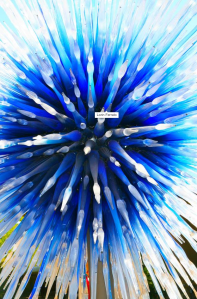 |
| Chihuly in the Garden |
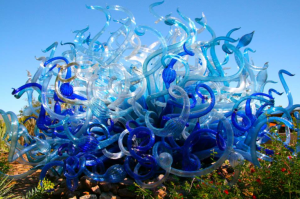 |
| Chihuly in the Garden |
More Inspiration
Photography by Jody Forster
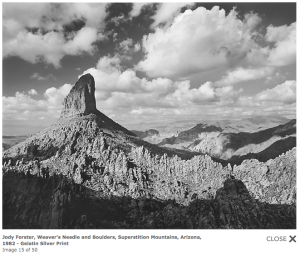 |
| Jody Forster, the Superstition Mountains |
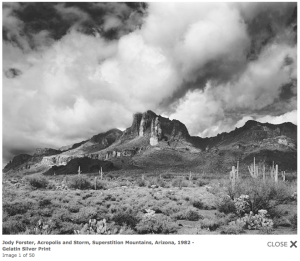
- All Jody Forster images are screenshots from her work at Andrew Smith Gallery in Santa Fe. ©Jody Forster
 |
| Jody Forster, Organ Pipe Cactus National Park |
 |
| Jody Forster, the Superstition Mountains |
Choose a location: Research, Make Reservations
For this trip to Arizona, I chose to camp at the Lost Dutchman State Park. Located near Apache Junction, AZ in the Superstition Mountains, this location was reviewed by the Wheeling It blog I follow. Nina from "Wheeling It" is a full-time blogger and helpful with her campground reviews and also posts wonderful photos. Photographing the Southwest, by Laurent Martres, is a great resource too for "right time, right place" photo locations in Arizona, Utah, and Colorado. In Volume 2, there are a few suggestions for photography at the Lost Dutchman.
Past photography excursions to Southern Arizona have included Saguaro National Monument, Organ Pipe Cactus National Monument, and lots of trips to Sedona, Phoenix and Tucson.
Prepare Camera Gear
I recently sent my cameras in to Nikon for firmware updates and sensor cleaning. I am camping at a location that will allow me nightly battery charging. My gear will include:
- Nikon D300
- Nikon D5300 (brand spanking new), no, it's not full-frame, that purchase is in the near future.
- Nikon 16-85 lens
- Nikon 15-35 lens
- Nikon 55-300 lens
- Nikon flash
- iPad with 32GB
- iPhone 5
- Rav Power to extend storage on my iPad to 64GB and charge my phone.
- Tripod
- Monopod
- Reading materials on my iPad (kindle books)
- Photographing the Southwest by Laurent Martres
Get out and STAY out
My motto. So until I'm full time retired, I create long weekends. The drive from Durango to the Lost Dutchman is 7.5 hours so I'm camping one night at Canyon de Chelly National Monument and will enjoy 1/2 day of photography at the Canyons. I called the Navajo Nation Parks service and checked on the campground for open sites. The ranger was helpful and told me there's plenty of room these days.
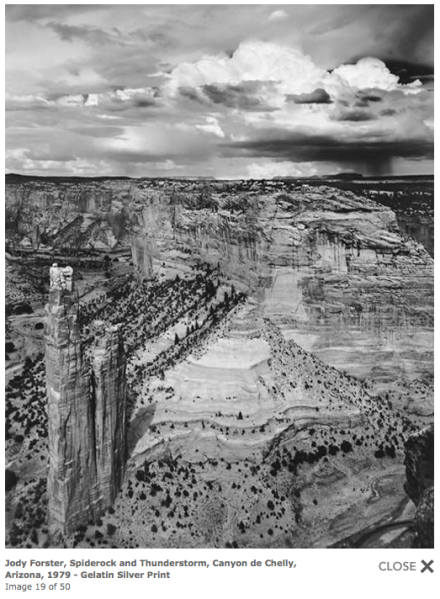
Next adventure: Chasing the Light in Monument Valley. I'm teaching a photo workshop from April 28 through May 1st, based in Bluff Utah and Goulding's Lodge in Monument Valley.


























